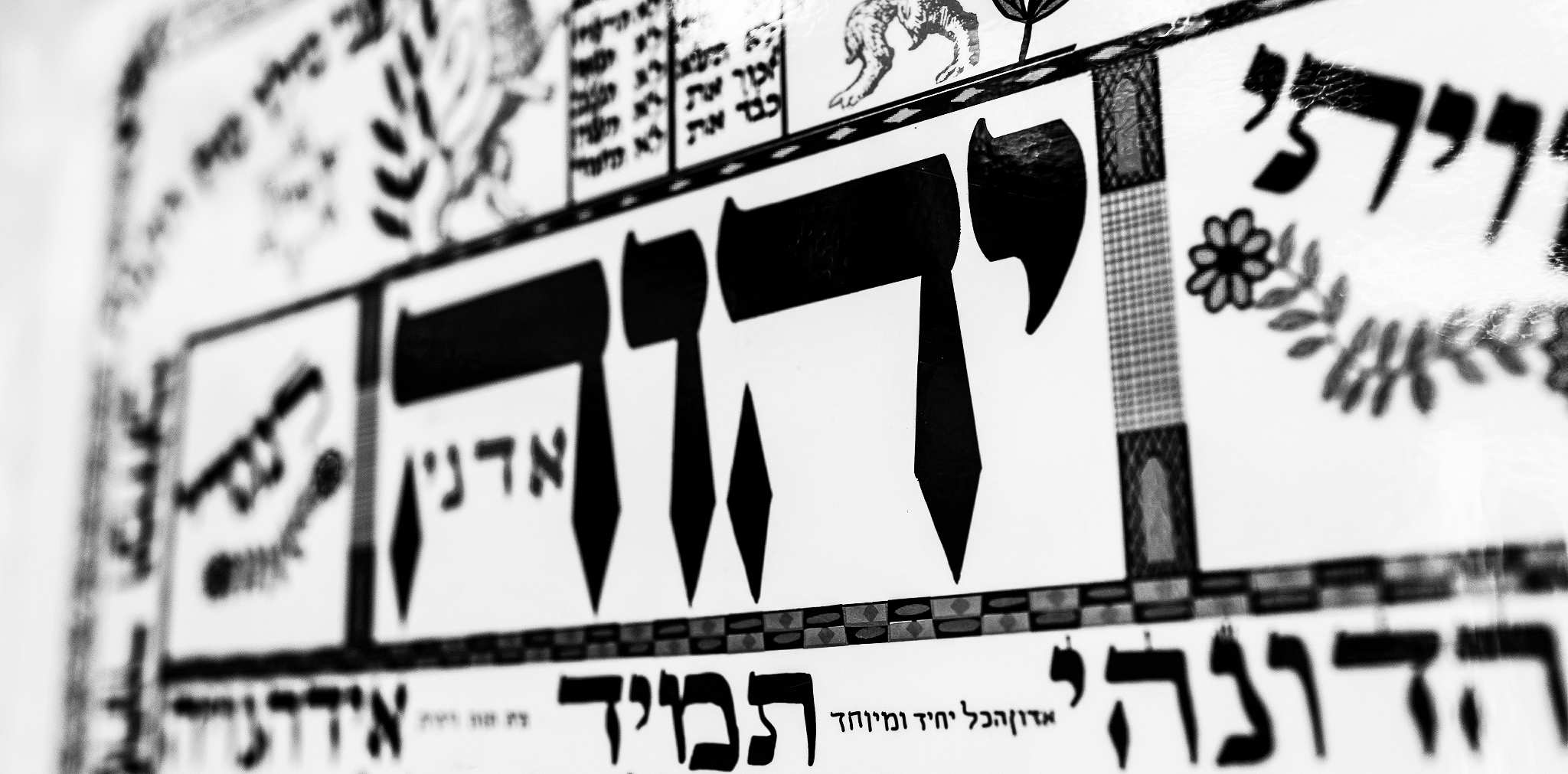 Though there are technically four “New Year Days” on the Jewish calendar, two are most widely recognized: the New Year of spring (i.e., Nisan 1 and the time of Passover) and the new year of fall (i.e., Tishri 1, the time of the High Holidays). The New Year celebration of the fall begins before sundown, just before the start of Tishri 1. The main event consists of a special simcha (festive) meal, somewhat similar to a Friday evening Shabbat meal, with the addition of some special food, blessings, and listening to the shofar blast. The celebration begins with the lighting of candles (symbolizing the transition from profane to sacred time) and the special blessing thanking God for enabling us to reach this season (i.e., the Shehecheyanu).
Though there are technically four “New Year Days” on the Jewish calendar, two are most widely recognized: the New Year of spring (i.e., Nisan 1 and the time of Passover) and the new year of fall (i.e., Tishri 1, the time of the High Holidays). The New Year celebration of the fall begins before sundown, just before the start of Tishri 1. The main event consists of a special simcha (festive) meal, somewhat similar to a Friday evening Shabbat meal, with the addition of some special food, blessings, and listening to the shofar blast. The celebration begins with the lighting of candles (symbolizing the transition from profane to sacred time) and the special blessing thanking God for enabling us to reach this season (i.e., the Shehecheyanu).
After starting the celebration, ritual “appetizers” called simanim (סִימָנִים) are often served. These are symbolic foods used as an occasion to offer first blessings for the New Year. Traditionally we eat round challah to remind us that life is a circle (a cycle of seasons) and also to remind us of the Kingship (Crown) of God; we taste apples dipped in honey as a token of our wish for a sweet year, and so on. We also eat some specialized foods just for Rosh Hashanah. For example, we eat leeks, called karsi in Aramaic, as a play on the Hebrew word karat – to cut down – i.e., “may our enemies be cut down.” We also eat pomegranates to remind us of the sweetness of the Torah and to remember God’s commandments, and so on. Doing all this adds fun to the occasion and helps us sanctify the main meal. After finishing dinner, we are ready for the climatic event of the evening: the sounding of the shofar!
To make it easier for you to participate, I have created an “Easy Rosh Hashanah Seder Guide” that includes step-by-step procedures for holding your own Rosh Hashanah home celebration. The Seder Guide includes English transliterations along with the basic Hebrew blessings, so now everyone can join in! Celebrating Rosh Hashanah is both joyous and spiritually significant, especially from a prophetic perspective. I hope you find this helpful, chaverim. L’Shanah tovah u’metuka b’Yeshua – “to a good and sweet year in Yeshua!”
- Rosh Hashanah Seder Guide (pdf)
. - Shanah Tovah Blessing Card (pdf)
Note: Regarding observing the holidays, always remember that what most important is not rituals based on tradition, nor even getting the date and time exactly right, but understanding the prophetic significance of the holiday and learning more about how it reveals the glory of Yeshua. It does the soul no good — and the LORD God surely isn’t impressed — if you’re 100% kosher and keep all the holidays down to the exact minute but have a hard heart that is proud or that doesn’t understand God’s desire to save a lost and dying world.
